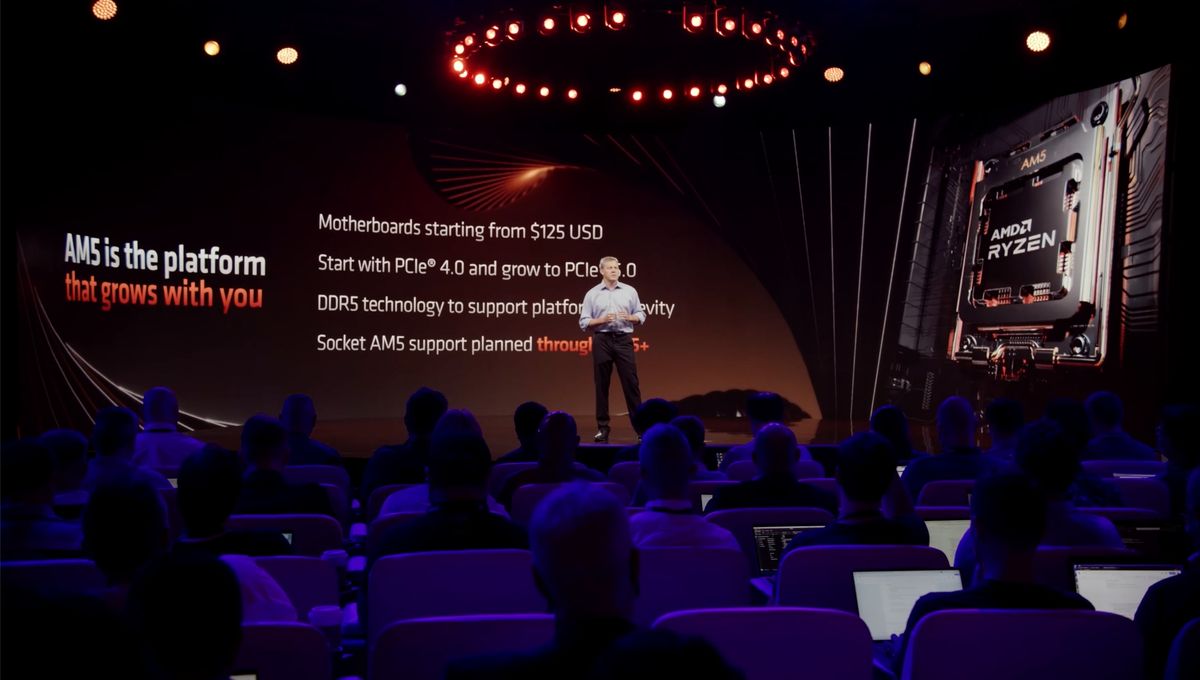Originally posted by ms178
View Post
I still think it's nice how the Ryzen 7000 CPUs launched below their predecessors' MSRP, inflation be damned.




Comment